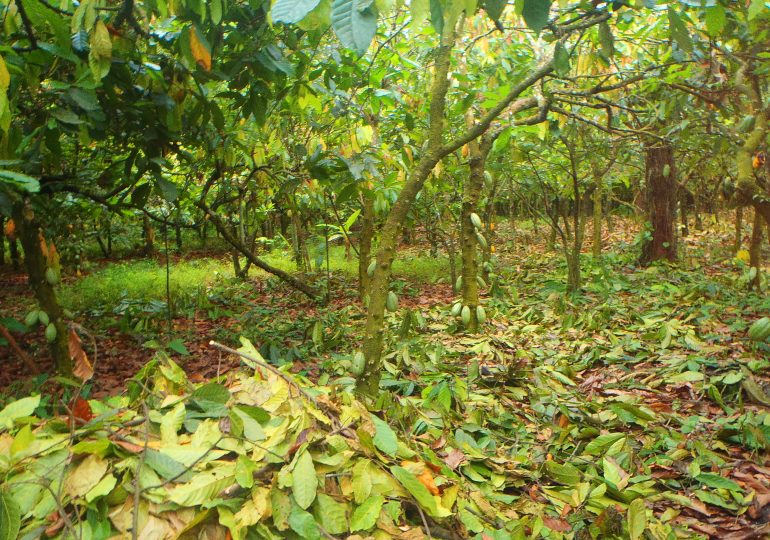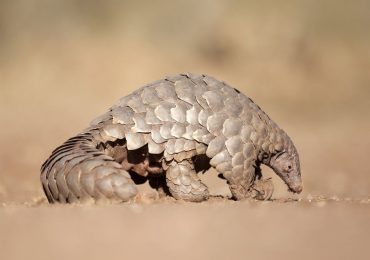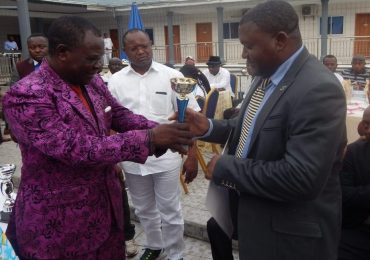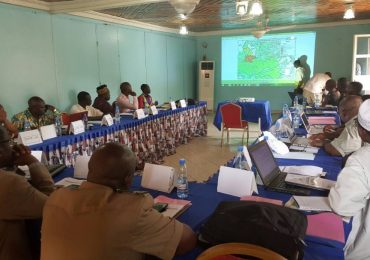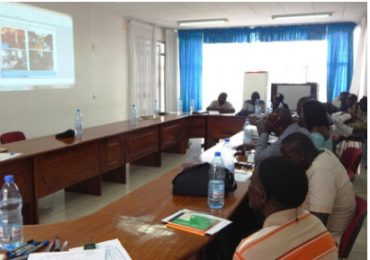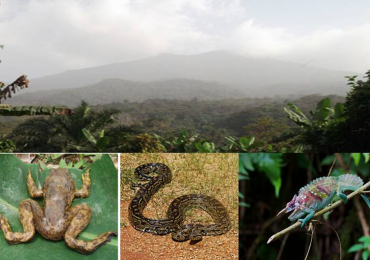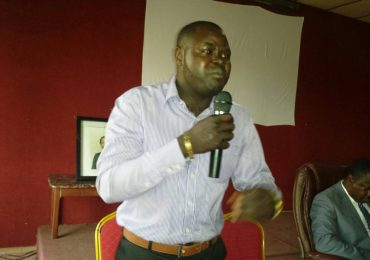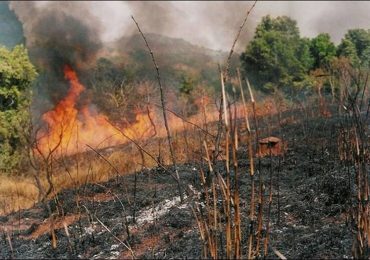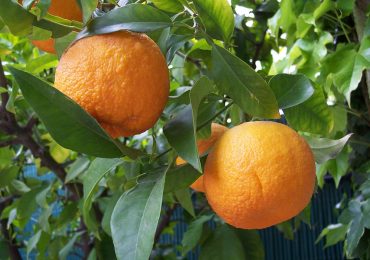Vast estates of cocoa and palm plantations now blossom in the Southern Bakundu Forest Reserve, defeating the original intent of the creation of the reserve to conserve endangered rare plant species.
By Asa’a Lemawah*
The Southern Bakundu Forest Reserve in the South West Region was created in 1939 as a native administrative forest reserve and approved following decree No. 22 of 25 April 1940 by the British Colonial Government. It is located about 75 km from Limbe on the way to Kumba, the principal town of Meme Division and occupies a total area of 194.25 km sq.
The forest reserve was created as private state property and classified as a forest from which seedlings of rare and endangered plant species could be collected and planted elsewhere. Like many other reserves and protected areas in the country, the South Bakundu Forest Reserve was created mainly to protect certain floral and faunal species from extinction due to the high rates of deforestation and encroachment. While it lasted, the reserve harboured distinctive plants and animals with many endemic species such as the Microberlinia bisulcata (Tiger wood), Lophira alata (Iron wood), Nauclea diderichii (Opepe), Gebourtia mannii (Boubinga), Milicia excels (Iroko).
A few years ago, ERuDeF’s Mt. Cameroon Threatened Trees Project team found some threatened trees still existing in the forest reserve. The scenery was, however, wretched when the team visited the reserve in March, 2014 and found vast estates of cocoa and palm plantations growing on reserve.
One viable reason for the devastation of the South Bakundu Forest Reserve could be that when these reserve was created, land tenure systems in and around the protected area were not well articulated. Secondly, the communities around the reserve received little attention at the time of its creation. Or the communities may not really know the exact boundaries of the reserve or buffer zone around the protected area. Whatever the case, the rate of encroachment into this protected area could be attributed to insufficient land to sustain the livelihood needs of the growing population for cash and food cropland, timber and wood for sale, firewood for local use, wildlife, medicinal plants and other non-timber forest products. ERuDeF thinks that something should be done urgently to save the once rich and bountiful heritages of Southern Bakundu Forest Reserve before it goes extinct.
Asa’a Lemawah is Coordinator of Mt. Cameroon Threatened Trees Project


